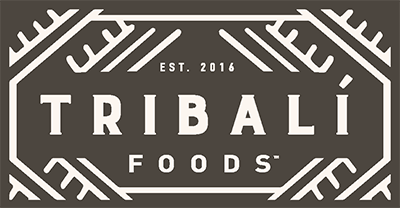


In today’s popular culture, “What diet/lifestyle do you practice” has become a very common question. Between Paleo, Keto and Whole30, deciphering dietary advice can be incredibly overwhelming. Have no fear! We are offering insight into today’s most popular diets so you can decide which one may work for you and your lifestyle.
Ketogenic (Keto Diet)
The Ketogenic Diet, more commonly referred to as the Keto Diet, consists of eating a diet high in quality fats (about 180+ grams of healthy fats per day), moderate amounts of protein and very little carbohydrates.
The Keto diet is all about eating high quality fats and minimizing carbohydrates like fruits and vegetables. Foods like avocado, coconut oil, nuts, nut butter and cuts of meat like chicken thighs and red meat are all good sources of food on the Keto diet, while fruits and vegetables should be minimized to about 10-20 grams per day.
With an absence of carbohydrates in the body and a larger amount of quality dietary fat, the body begins to use fat as fuel instead of relying on carbohydrates for energy. When this process happens, the liver begins to produce ketone bodies also known as ketones. This forces the body into a state of ketosis, hence the Keto diet.
Tip: Fruits and vegetables are a staple of any diet, but just because you are practicing a Keto lifestyle doesn’t mean you still can’t enjoy them. Simply stick to lower carb options like berries, citrus fruits and veggies like cauliflower, mushrooms and spinach. Bottom line: Do your research before you take a bite!
Need some tips for starting the Keto Diet? Check out our top five tips for starting the Keto Diet.
Paleo Diet
The Paleo Diet is a way of eating based off the foods caveman ate during the Paleolithic era, hence the Paleo Diet. Think foods like:
- High quality fat sources
- High quality meats like beef, chicken, pork and turkey
- Nuts and seeds
- Seasonal fruits and vegetables
- Wild-caught seafood
A good rule of thumb for practicing the Paleo lifestyle is if a caveman picked, plucked or caught it, you can probably eat it. However, this means avoiding foods like alcohol, dairy, grains, legumes, processed foods, starches and sugars. By making a simple shift towards foods that our bodies were designed to consume, and simultaneously eliminating foods that are disruptive to our systems and guts, we increase our antioxidants, minerals and vitamins, all of which contribute to optimal health.
Whole30
The Whole30 program is similar to the Paleo way of eating in that you can enjoy all foods that are real, whole foods. Think of foods like:
- Fruits
- High quality meats
- Nuts and seeds
- Quality fats
- Seafood
- Vegetables
However, similar to the Paleo Diet, you cannot consume foods like alcohol, dairy, grains (including gluten-free grains), legumes, natural sugars (including agave, honey or maple syrup), processed foods and other additives like MSG, carrageenans and sulfites.
Unlike the Paleo Diet, the Whole30 program does not allow you to recreate your favorite baked goods and treats even if they are made from real, whole foods. By eliminating foods that are known to cause inflammation within the body, you can help improve your health and even heal chronic health issues. Don’t be intimidated by the Whole30 though, there is an arsenal of Whole30 approved recipes you can enjoy during your Whole30 journey.
If you are considering participating in a Whole30 for yourself, here’s what you can expect.
When it comes to selecting the best diet or eating style for you, remember, everybody and every body is different, so what works for one person may not work for another. In order to truly know what diet and lifestyle work for you, your body and your health, there is one simple source to refer to - you! Get familiar with how food affects your health, energy levels and mood. By experimenting with various foods, you’ll soon get to know which foods make you thrive, perform and feel optimally.







